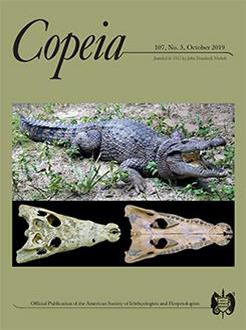Internal implantation of radio-transmitters is the preferred attachment technique for snakes, but the high costs and invasive nature of the surgery make a functional alternative desirable. Attaching radio-transmitters externally can be a cost-effective alternative to surgical implantation. External transmitter attachment site and methodology depend on the unique morphology of a given study species, making external adherence impractical for most snake species. Rattlesnake rattles are unique morphological features that can serve as an attachment site for external radiotransmitters. From 2011 to present, we have been attaching transmitters to the rattles of Eastern Diamondback Rattlesnakes (Crotalus adamanteus; EDB) using thread and epoxy. We calculated average monitoring duration using radio-telemetry data collected from 49 adult EDBs telemetered from 2014 to 2017 in coastal South Carolina. On average, we monitored EDBs for 189±78 days with 14 EDBs monitored >240 days and 3 EDBs monitored >300 days. External transmitter attachment is a viable alternative to surgical implantation, providing a noninvasive approach to monitoring rattlesnakes.
How to translate text using browser tools
6 August 2019
Monitoring Eastern Diamondback Rattlesnakes Using a Novel External Radio-Transmitter Attachment Method
Michael T. Jungen,
Zachary Ross,
Johnathan Cooley,
Michael D. Martin,
John Holloway,
Shane M. Welch,
Jayme L. Waldron
ACCESS THE FULL ARTICLE





